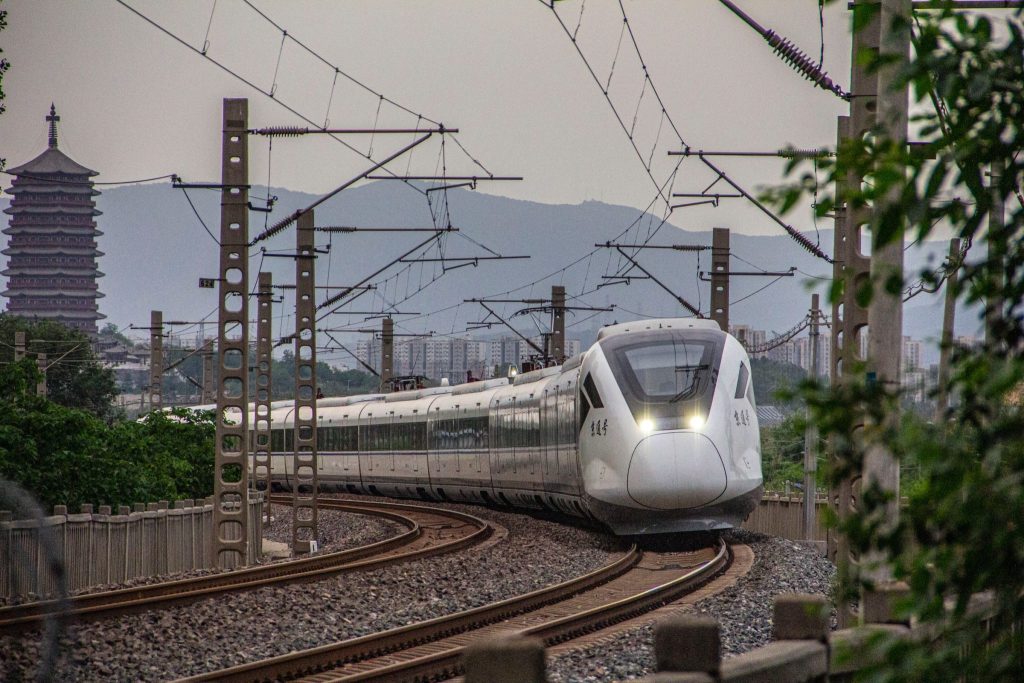Summarize this content to 2000 words in 6 paragraphs
This Lunar New Year, China is gearing up for an expected record-breaking 9 billion trips, a 7% jump from 2024. A key factor fueling the surge? The decision by the General Office of the State Council to extend the holiday from seven to eight days, now set for January 28 through February 4.
The longer eight-day holiday has encouraged many travelers to opt for “traveling for the New Year,” according to a poll done by the Ctrip travel agency and booking platform. Some 65% of respondents are choosing to spend the festival away from their hometowns—a 24% increase from the previous year.
The official Lunar New Year holiday, known as Spring Festival in China, begins on January 28. However, the Spring Festival “travel rush” spans a 40-day period of heightened travel activity from January 14 to February 22.
The longer holiday adds more flexibility, and increased opportunities, for domestic and international trips made during the country’s most significant holiday.
Transportation Networks Ramp Up Efforts to Accommodate Domestic Trips
Railways are expecting over 510 million passenger trips over the coming 40-day travel rush and have already increased their capacity, China Railway Group announced at a Wednesday press conference. Peak services will reach 14,100 daily trains before the holiday and 14,200 afterward, reflecting year-over-year increases of 3.9% and 4.3%, respectively.
High-speed trains on major routes, including Beijing-Shanghai and Guangzhou-Shenzhen, will offer overnight services to meet demand.
Trains aren’t alone handling the travel surge, though. The Civil Aviation Administration expects 90 million passenger trips. The average daily flight plan is up by 8.4%, about 18,500 passengers, from 2024 levels.
Driving remains the dominant mode of transportation, with an estimated 7.2 billion trips projected.
Domestic vs. International: Where Are China’s Travelers Headed?
The vast majority of trips continue to be domestic, according to local media citing data from Ctrip. Major cities like Shanghai, Beijing, Guangzhou, Hangzhou, and Chengdu maintain their status as top Spring Festival destinations. Other cities on the list, such as the popular wintertime destination Harbin, have more than double the bookings compared to the previous year.
Meanwhile, scenic destinations in provincial regions like Yunnan are enjoying significant growth rates in travel bookings—even outpacing that of the national average—as Chinese travelers turn toward a growing interest in cultural tourism.
Alongside seeing a steady resurgence from the domestic travel sector, outbound tourism is slowly making a comeback with cheaper airfares and looser visa policies. Popular choices remain the “four-hour flight circle,” with Japan, Thailand, Malaysia, South Korea and Singapore currently leading bookings, according to Ctrip platform data.
The extended holiday, however, is also giving more travelers the opportunity to flock to countries beyond the “four-hour flight circle.” Hungary, Austria, and Saudi Arabia, in particular, are seeing rapid growth in bookings.
A Post-Spring Festival Outlook for China’s Travel Industry
As travel platforms report that bookings for international flights, hotels, and package tours have already surpassed 2024 levels, airlines, rail operators, and hotel chains are poised to benefit from the increased demand.
The extended holiday has encouraged many travelers to explore new destinations, both domestically and internationally. This shift may lead to a sustained interest in diverse travel experiences, prompting travel agencies and service providers to expand their offerings to cater to new and returning consumer groups.















